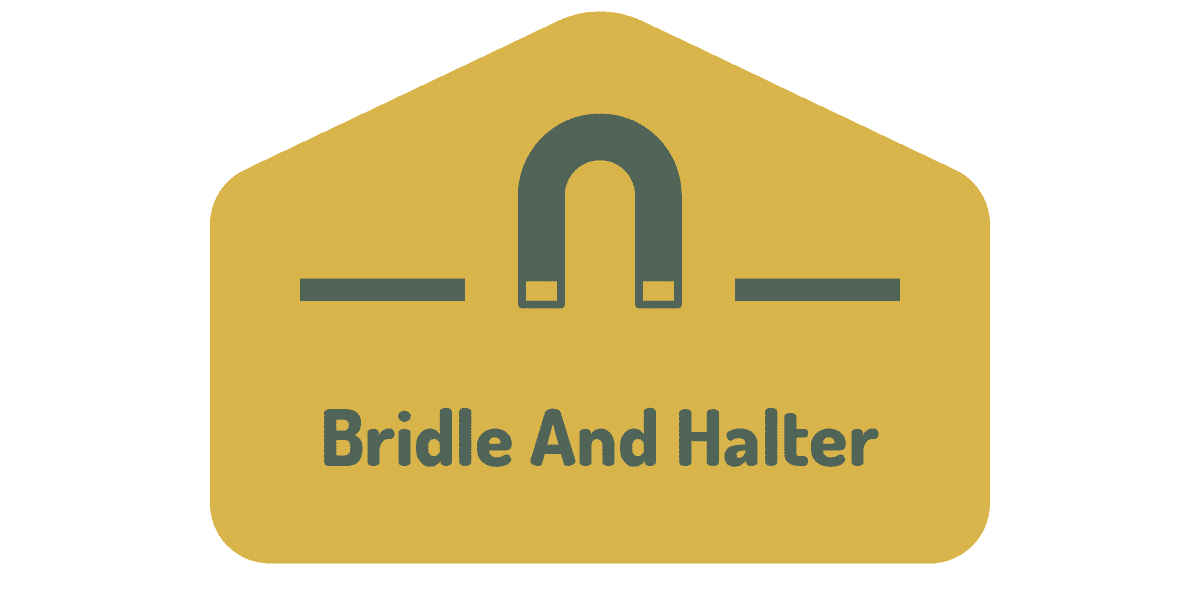
These are essential tools in equestrian equipment, playing a crucial role in horse control, comfort, and style. As equestrian fashion evolves, so do the designs and materials used in these items. The latest trends offer a blend of functionality, comfort, and aesthetic appeal, making them not just tools but also statements of style. This article explores the newest styles in bridles and halters, showcasing how these essential pieces of tack are being reimagined to provide both horse and rider with enhanced performance and elegance.
The Importance of Bridles and Halters
These are foundational elements of equestrian tack. A bridle is used for riding, incorporating a bit and reins to control the horse, while a halter is typically used for leading and tying up the horse. Both items must be durable, comfortable, and appropriately fitted to ensure the horse’s well-being and the rider’s safety.
Over time, the design of bridles and halters has evolved to meet the changing needs of horse owners and riders. These are designed with a focus on ergonomics, material innovation, and style, offering a range of options that cater to different disciplines, preferences, and equine needs.
Trending Styles: What’s New in Bridles and Halters
The latest trends reflect advancements in design, materials, and technology. Here’s a look at some of the standout trends shaping the current landscape of equestrian tack:
1. Anatomical Bridles
Anatomical bridles are designed with the horse’s comfort in mind. These bridles feature contoured shapes that avoid pressure points on the horse’s head, reducing discomfort and improving performance. Key areas, such as the poll and ears, are given special attention to ensure a better fit and increased comfort.
Anatomical bridles are particularly popular in dressage and show jumping, where precision and comfort are paramount. They help promote a better connection between horse and rider, enhancing communication and performance.
2. Leather Halters with Decorative Stitching
Leather halters remain a classic choice for their durability and timeless appeal. The latest styles often incorporate decorative stitching, embossed patterns, or custom nameplates, adding a personalized touch to this essential piece of tack.
Decorative leather halters are ideal for showing or special occasions, offering a blend of functionality and style. The attention to detail in these designs makes them stand out, adding a touch of elegance to everyday use.
3. Padded and Ergonomic Designs
Padded bridles and halters are designed to enhance the horse’s comfort by providing extra cushioning in key areas. These designs often feature soft padding on the noseband, browband, and crownpiece, reducing the risk of chafing and discomfort.
Ergonomic designs focus on fitting the horse’s head shape more naturally, ensuring that the bridle or halter sits correctly without causing pressure or irritation. These designs are particularly beneficial for horses with sensitive skin or those prone to pressure sores.
4. Innovative Materials
The use of innovative materials, such as synthetic leather, biothane, and technical fabrics, is becoming increasingly popular in the design of bridles and halters. These materials offer durability, ease of maintenance, and weather resistance, making them practical choices for both everyday use and competition.
Synthetic materials often mimic the look and feel of traditional leather while offering additional benefits, such as being lightweight, water-resistant, and easy to clean. These modern materials are perfect for riders looking for low-maintenance tack that still looks stylish and professional.
5. Customizable Options
Customizable bridles and halters allow horse owners to create unique, personalized pieces of tack. Options for customization may include choosing colors, adding engraved nameplates, selecting specific hardware finishes, or even having custom designs embroidered onto the halter or bridle.
Customization is a popular trend for those who want their tack to reflect their personal style or their horse’s personality. It also adds a special touch for competitive riders who want their gear to stand out in the show ring.
How to Choose the Right Bridle or Halter
Selecting the right bridle or halter involves considering both the needs of the horse and the rider. Here are some tips to help you find the perfect piece of tack:
- Prioritize Fit and Comfort: The bridle or halter should fit your horse properly to avoid discomfort and potential injury. Consider anatomical or padded designs that enhance comfort and reduce pressure.
- Choose the Right Material: Decide between traditional leather or modern synthetic materials based on your needs and preferences. Leather offers a classic look, while synthetic materials may offer more durability and easier maintenance.
- Consider Your Discipline: The type of riding or work you do with your horse will influence your choice of bridle or halter. For example, dressage riders may prefer anatomical bridles, while those in other disciplines might prioritize different features.
- Think About Style and Customization: If you’re looking for something unique, consider customizable options or decorative designs. Personalized tack can add a special touch and make your gear stand out.
- Check Durability and Maintenance: Ensure that the bridle or halter is made from durable materials and that it’s easy to maintain. This is especially important for items that will be used frequently or in varying weather conditions.
Conclusion
New styles offer a blend of innovation, comfort, and aesthetic appeal, making them essential components of modern equestrian gear. From anatomical bridles designed for comfort to leather halters with decorative stitching, today’s bridles and halters are crafted to meet the evolving needs of horses and riders alike.
By selecting the right bridle or halter and incorporating it into your equestrian routine, you can enhance both the performance and appearance of your horse. Explore the latest trends and discover how new designs can elevate your equine experience and provide the perfect combination of functionality and style.



